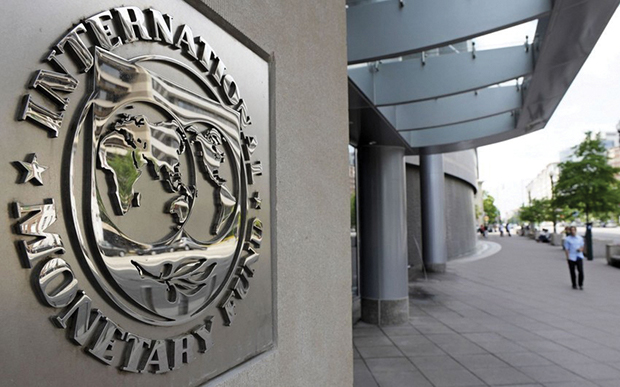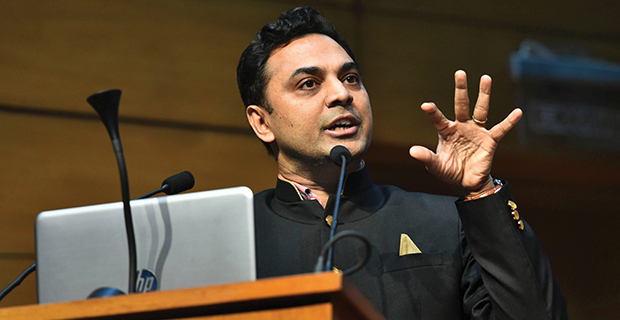“$55 TRILLION ECONOMY ACHIEVABLE”
New Delhi: India’s economy is projected to grow to $55 trillion by 2047 if the country is able to register an average real growth rate of 8 per cent in the coming years which is an ambitious but achievable target, IMF executive director Krishnamurthy V Subramanian has said.
Speaking at a media event here, he said that 8 per cent is achievable, given the country’s demographics and Government policies that have been implemented to drive up the growth rate over the past 10 years like the public digital infrastructure, innovation and entrepreneurship.
“If you take entrepreneurship, World Bank data shows that new firm creation surged from 2014 onwards. As a result, India has the third-largest entrepreneurial ecosystem in the world, which will help with the productivity growth in the formal sector,” he said.
He further stated that formalization of the economy which is taking place at a fast pace, will lead to higher productivity as between two-thirds to three-quarters of the Indian economy is informal, and informal sector firms are far less productive than formal sector companies.

“Formalization is going to be a key driver for productivity growth in India, which is already happening through the (vast) public digital infrastructure,” he added. Answering a question on the World Bank’s claim that India will take 75 years to reach one-fourth of the USA’s per capita income, the top IMF official said that the definition of middle income is quite wide and even if a nation increases its GDP per capita by two, three, or four times, it remains trapped in the middle-income trap.
He also emphasized on manufacturing growth being critical to countries to escape the middle-income trap and highlighted the importance of having a sunset clause for subsidy schemes provided to the industry. In July, the IMF raised India’s GDP growth forecast for 2024-25 to 7 per cent from 6.8 percent earlier on the back of “improving private consumption, particularly in rural India.”
“The forecast for growth in India has also been revised upward, to 7 per cent, this year, with the change reflecting carryover from upward revisions to growth in 2023 and improved prospects for private consumption, particularly in rural areas,” the IMF said in its World Economic Outlook report.











Comments.